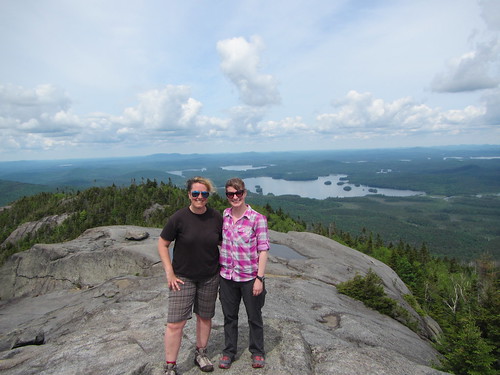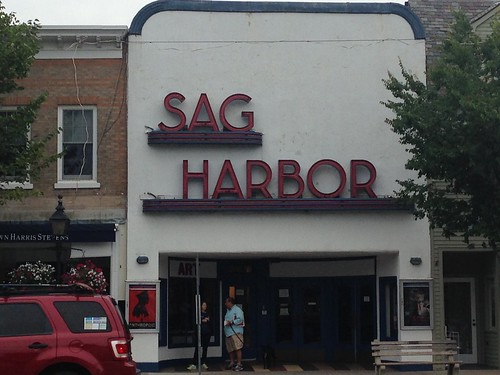Another year has gone, and this time I went through 16 non-fiction books and 61 fiction books. Some of them were forgettable brain candy, some were mediocre, and many were very good. But here are my favorites.
As always, these aren't the best books
published in 2016, but the best books I
read in 2016.
In the nonfiction category, there were several strong contenders, but the winner was
The Lives of Campus Custodians by Peter Magolda. It's unusual for a book in my field to appear on my list, but this one was engaging to read, not to mention on a topic unusually explored. (Those of us who write about higher ed administration like to focus on the roles unique to higher ed, like the faculty, or on roles that are slightly different in higher ed than elsewhere, like fundraisers.)
A new category this year is graphic novel. I won't pretend for a moment to be well-versed in this area, so take my recommendation for what you will - although it did win a Hugo. But I really enjoyed Ursula Vernon's
Digger. (I've linked to the online version, but you can also buy a print omnibus.) If you like her art, by the way, you can buy prints
here.
Under fiction, I have a small handful to recommend. The first is a surprise only in that it took me this long to read it, but perhaps it's not a surprise after all, since
The Arrival just came out. Ted Chiang's
Stories of Your Life and Others is a slim volume of stories by a writer who take months or years on each one, and then each one wins the Hugo, Nebula, and Pulitzer. OK, I'm exaggerating, but only a little. And, yes,
The Arrival is based on his "unfilmable"
Stories of Your Life.
Also in the "no surprise" category, albeit more recent, is Colson Whitehead's
The Underground Railroad. I'll be curious to see how my feeling about this one change over time - it was an immersive read but I haven't returned to thinking about it the way I have some of these others.
My favorites actually skew new this year - the next one is "old," but only 2015 -
Infomocracy by Malka Older was a book I expected to find moderately enjoyable. Perhaps it was the timing - reading it right before the election - but I found it not only enjoyable, but thought-provoking, and I keep returning to its ideas as we ponder how to fix the American electoral system. If
Anathem made you think about universities or monasteries as institutions, this will do the same for politics.
Another 2015 book was
The Fifth Season by Nora K. Jemisin. The second volume came out this year, and like many trilogies, the second volume has to deal with the fact that the novelty of the world is gone - and the first book threw a lot of curves at the reader - but it is solid. The first book, however, managed to create a fantasy world that felt new, which is no small feat.
Last, but far from least, was Kai Ashante Wilson's 2015 novella,
The Sorcerer of the Wildeeps. The story is interesting, but what is remarkable is the voice, the use of various vocabularies (particularly AAVE, which so rarely appears in high fantasy). A second novella in this world came out in 2016, and it is also strong.



 There, we put on our microspikes for the final 2.1 miles, since there were icy rocks and slushy snow. The trails follows a long ridge before heading up for a final climb to Eagle’s 3,600-foot summit. We were worried about time, and I was afraid we might have to turn around to avoid hiking in the dark. Fortunately, we met a group of hikers returning from the summit with a GPS, and they told us it was .75 miles to the top. We didn’t necessarily enjoy the last climb, but we made it.
There, we put on our microspikes for the final 2.1 miles, since there were icy rocks and slushy snow. The trails follows a long ridge before heading up for a final climb to Eagle’s 3,600-foot summit. We were worried about time, and I was afraid we might have to turn around to avoid hiking in the dark. Fortunately, we met a group of hikers returning from the summit with a GPS, and they told us it was .75 miles to the top. We didn’t necessarily enjoy the last climb, but we made it.















